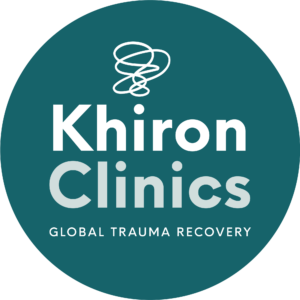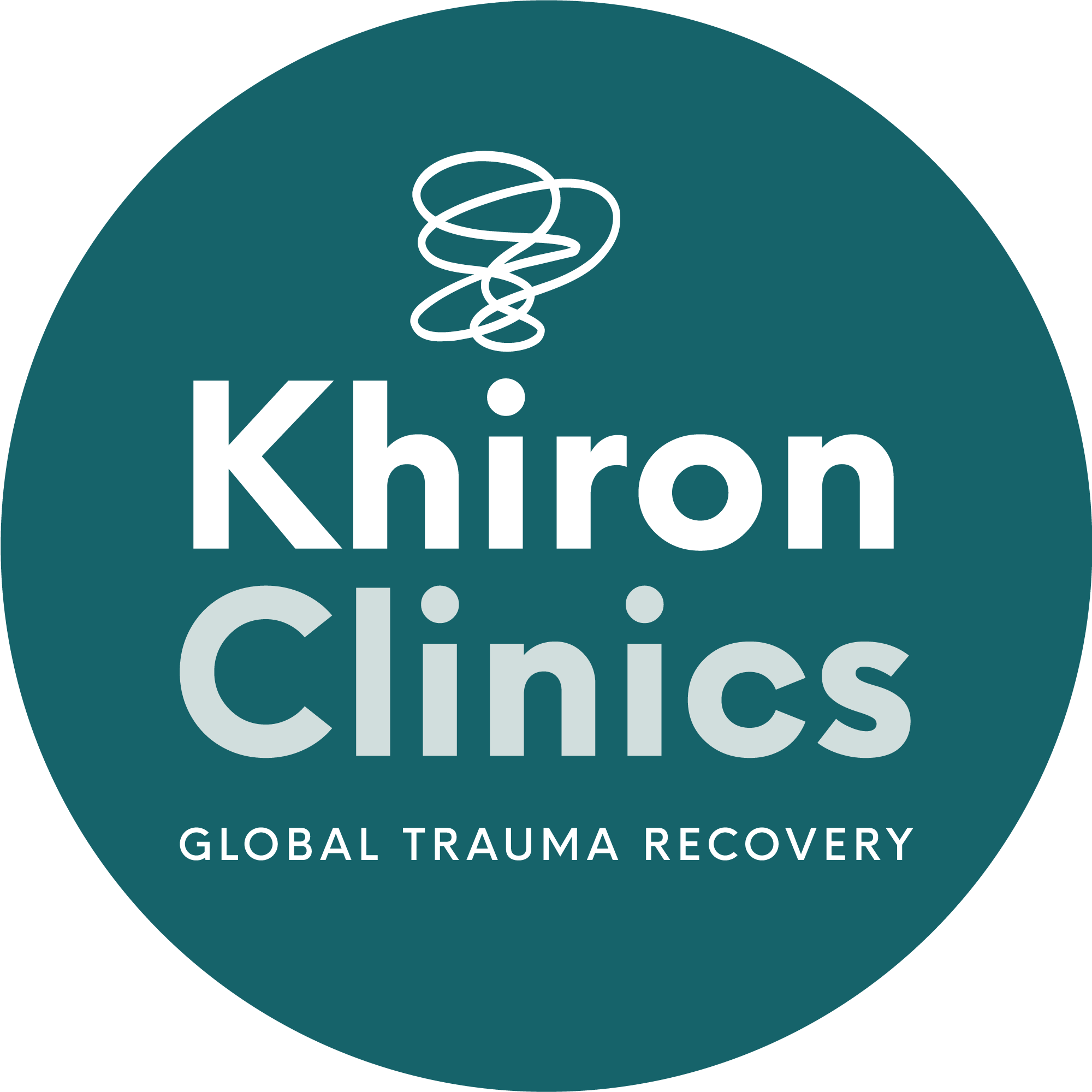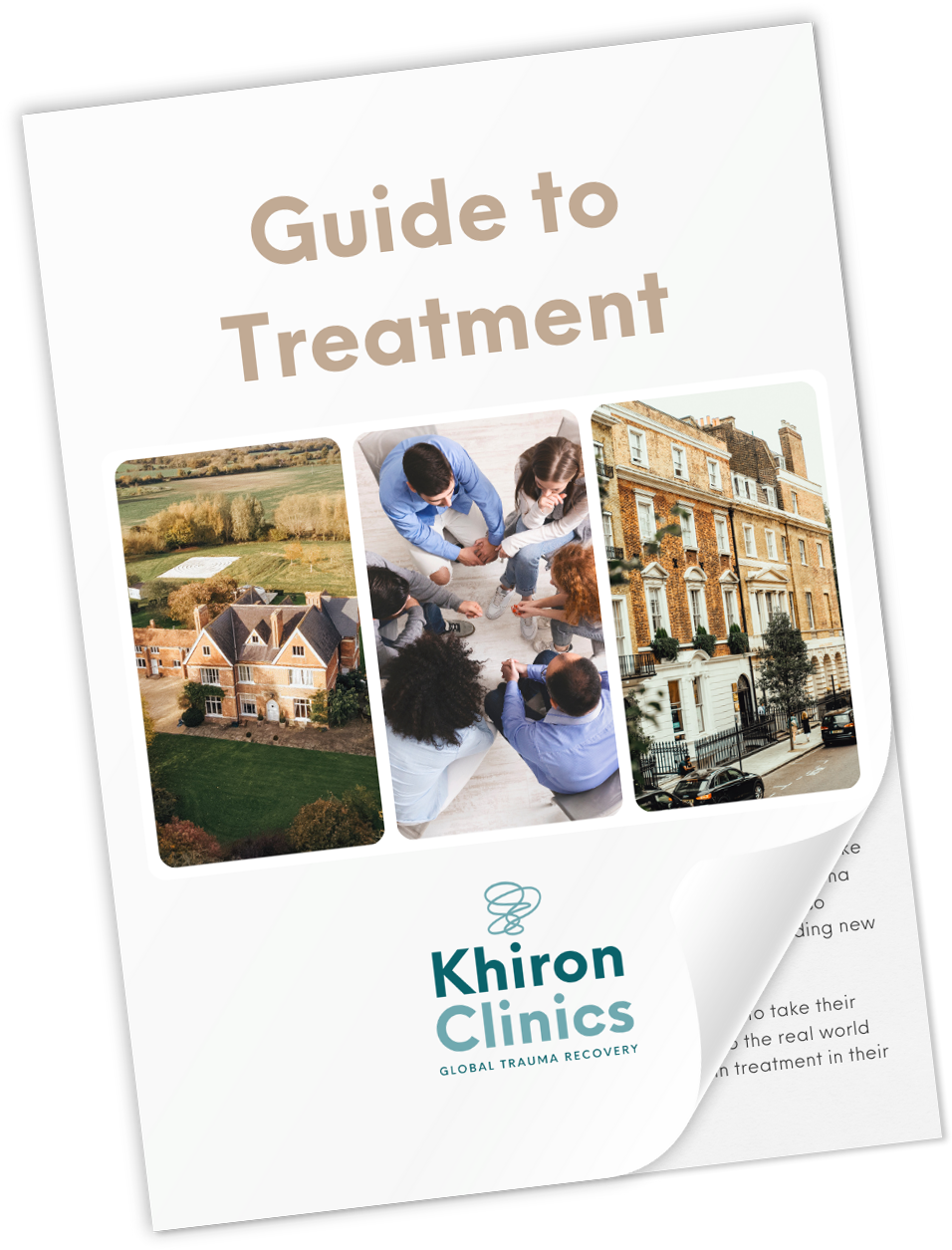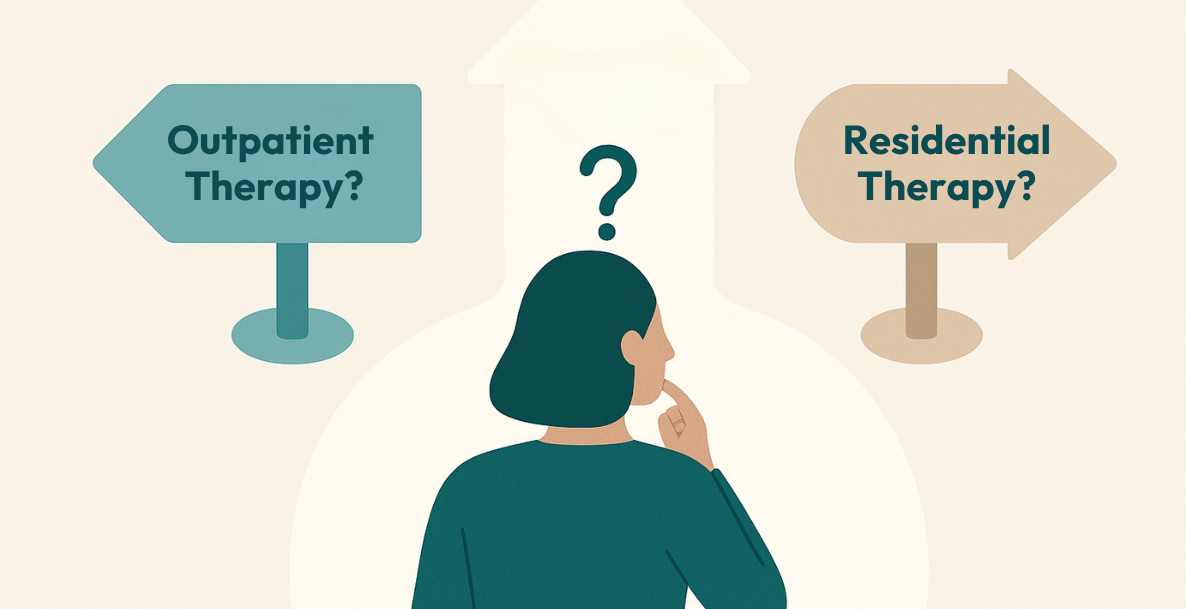Stress can be categorised into several types based on its duration, intensity, and impact on an individual’s health and well-being. However, all experiences of stress are related to the nervous system, meaning the solution to dealing with stress is rooted in understanding this complex system.
Types of Stress
We can categorise stress into different types, and it may help to understand the ways it can be classified. Knowing how stress can be triggered or worsened by certain situations is helpful for effective management and knowing when to seek professional support.
Acute Stress
Acute stress describes short-term experiences of stress that arise from specific events or situations. This may include meeting a deadline, taking an exam, or dealing with minor accidents.
This kind of stress often triggers the “fight or flight” response and can be ultimately positive (eustress) or negative (distress), depending on a range of factors. The feelings of stress are typically resolved quickly once the situation is over.
Episodic Acute Stress
Episodic acute stress involves frequent episodes of acute stress, like constantly worrying about events that might happen or having frequent crises. It can lead to persistent tension headaches, migraines, hypertension, and other stress-related issues. People with this type of stress often feel they are living in chaos.
Chronic Stress
Chronic stress results from long-term, ongoing situations or conditions such as persistent financial problems, a dysfunctional relationship, or an unfulfilling job. It can lead to serious health problems like heart disease, depression, and weakened immune function. Chronic stress wears down the body over time and can potentially lead to burnout.
Emotional Stress
Emotional stress affects an individual’s emotional state and arises from situations like grief, relationship problems, or work-related anxiety. It can lead to mood swings, irritability, depression, and anxiety. Emotional stress can also impact physical health, causing issues like high blood pressure and chest pain.
Physical Stress
Physical stress directly affects the body through illness, injury, or overexertion. It can cause fatigue, muscle tension, headaches, and other physical symptoms. Over time, physical stress can weaken the immune system, making the body more susceptible to illness.
Psychological Stress
Psychological stress originates from perceived threats or challenges, such as fear of public speaking, worrying about future events, or feeling overwhelmed by responsibilities.
This type of stress can lead to anxiety disorders, depression, and other mental health issues, often involving cognitive symptoms like racing thoughts and constant worry.
Environmental Stress
Environmental stress is caused by external factors in one’s surroundings, like noise pollution, overcrowding, or extreme weather conditions. It can lead to irritability, headaches, and other physical and psychological symptoms. Prolonged exposure to environmental stressors can contribute to chronic stress.
Traumatic Stress
Traumatic stress results from experiencing or witnessing a traumatic event, such as natural disasters, violent attacks, or serious accidents. It can lead to post-traumatic stress disorder (PTSD), anxiety, and depression. Traumatic stress often involves flashbacks, nightmares, and severe emotional distress.
Understanding these different types of stress can help with identifying specific stressors and developing effective coping strategies to manage them.
What Is The Difference Between Eustress and Distress?
Eustress and distress differ fundamentally in their nature and impact. Eustress is positive stress that energises and motivates, often experienced as an ultimately beneficial challenge. It is associated with feelings of excitement and achievement, where energy can be channelled for positivity. Eustress increases endorphins, and can promote mental clarity, leading to personal growth, better performance, and greater life satisfaction.
In contrast, distress is negative stress that overwhelms, leading to anxiety and discomfort. It is associated with fear and helplessness, arising from negative changes like the loss of a loved one or excessive workload. Distress increases cortisol levels, hypertension, and suppresses immune function, causing anxiety, depression, and cognitive impairments. It leads to mental health issues and chronic health conditions.
Not all stress has to be distressing, and transforming stress into something positive is possible. While it may seem tempting to change the situation in order to experience more positive results, this can often lead to avoidance, where little is learned or gained. In contrast, we can change the perception of a stressful situation and manage it in a way that harnesses its positive potential.
When a situation is linked to negative stress, the autonomic nervous system automatically triggers an unconscious response, alerting the body to a perceived threat. It is very difficult to ‘think your way out’ of distress in this situation, so focusing on making the body feel safer and more at ease is key.
Dealing With Stress Through The Nervous System
Body-based solutions are crucial for dealing with stress – they directly influence the nervous system, which plays a central role in the body’s stress response.
The nervous system is composed of several parts. It includes the central nervous system, which consists of the brain and spinal cord, and the peripheral nervous system, which encompasses the autonomic nervous system (ANS). It is the ANS that we often refer to when discussing trauma and stress
The ANS has two branches: the sympathetic and parasympathetic systems. The parasympathetic nervous system, commonly known as the rest-and-digest system, promotes a state of calmness in the body. In contrast, the sympathetic nervous system is responsible for the ‘fight or flight’ response.
When activated, this system prepares our body to handle threats by increasing heart rate and blood pressure, producing more adrenaline, and directing blood flow to our muscles for quick reactions. Meanwhile, functions such as digestion, immunity, and even our ability to connect with others are temporarily reduced.
Techniques like deep breathing, progressive muscle relaxation, and mindfulness engage the ANS, specifically activating the parasympathetic branch, associated with calmness and relaxation. By doing so these strategies counteract the body’s sympathetic ‘fight or flight’ response, promoting relaxation, reducing physiological arousal, and restoring a sense of calm.
Moreover, stress often manifests physically through symptoms such as muscle tension, increased heart rate, and shallow breathing, meaning practices like yoga, Tai Chi, and massage can be useful for addressing these physical manifestations directly, releasing tension, improving circulation, and alleviating discomfort associated with stress. This holistic approach not only targets the physical symptoms but also addresses the mental and emotional aspects of stress.
By fostering relaxation and reducing physical tension, body-based techniques support overall well-being and build resilience against stressors. Their accessibility and self-empowering nature make them practical for integration into daily routines. Over time, regular practice of these techniques not only provides immediate relief but also cultivates long-term benefits and resilience.
These strategies complement other therapeutic approaches, such as talk therapy, by enhancing relaxation and supporting emotional processing and cognitive restructuring. Ultimately, incorporating body-based solutions into daily life enhances individuals’ ability to manage stress effectively and improve their overall quality of life.
Seeking Support for Stress With Khiron Clinics
Stress becomes a serious problem when it has begun impacting your daily life, such as causing declining performance at work or school, relationship issues, and neglecting responsibilities. When stress has become overwhelming, people may begin using substances or harmful behaviours to relieve its symptoms.
Common coping mechanisms include food, alcohol, tobacco, drugs, gambling, sex, shopping, and the Internet. These substances and behaviours keep the body in a stressed state, causing more problems instead of calming and balancing it, creating a vicious cycle of distress.
At Khiron Clinics, we address the root causes of stress through coordinated therapeutic techniques led by our professional team. Our goal is to help individuals release harmful tension caused by prolonged stress.
If you or a loved one is struggling with stress, Khiron Clinics can help. Our experts provide effective residential programs and outpatient therapies to address underlying psychological trauma and stress, guiding you towards realistic, long-lasting recovery.






